Talk Overview
Berg begins his lecture with a brief history of observations of bacterial motion. He then uses physics to describe the many hurdles that E. coli must overcome as it tries to swim up or down a chemical gradient. For instance, an entity as tiny as E. coli is constantly buffeted by Brownian motion and can neither stay still nor swim in a straight line. Then there is the question of how E. coli senses a gradient and translates that information into a change in its direction of movement. And finally, how does E. coli use its flagella to generate thrust at all?
In Part 2, Berg explains that E. coli travels using a series of runs, when it moves in a straight line, and tumbles, when it changes direction. During a run, all of the flagella are moving counterclockwise in a tight bundle. During a tumble, one or more flagella switch to a clockwise movement and disengage from the bundle causing a change in the swimming direction. The motor that drives the rotation of the flagella is an amazing structure made of about 20 different protein parts. Berg tells us that chemosensory receptors on the cell surface detect a chemical gradient and transfer this information, via protein phosphorylation, to the motor. This chemical modification determines the direction of motor rotation and, hence, the direction the E. coli swims. An amazing system that E. coli has been perfecting for millions of years!
Speaker Bio
Howard Berg
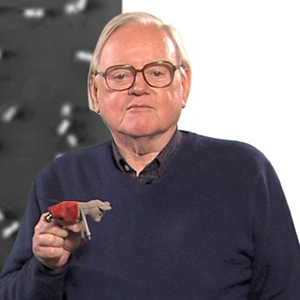
Howard Berg is the Herchel Smith Professor of Physics and a Professor of Molecular and Cellular Biology at Harvard University and a member of the Rowland Institute for Science at Harvard. He received his B.S. in Chemistry from the California Institute of Technology and his Ph.D. in Chemical Physics from Harvard University. Berg was on… Continue Reading
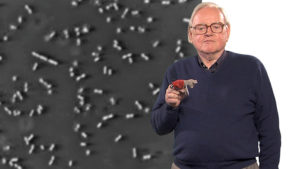
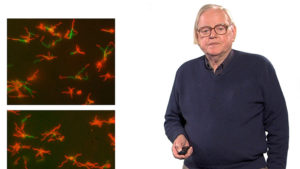
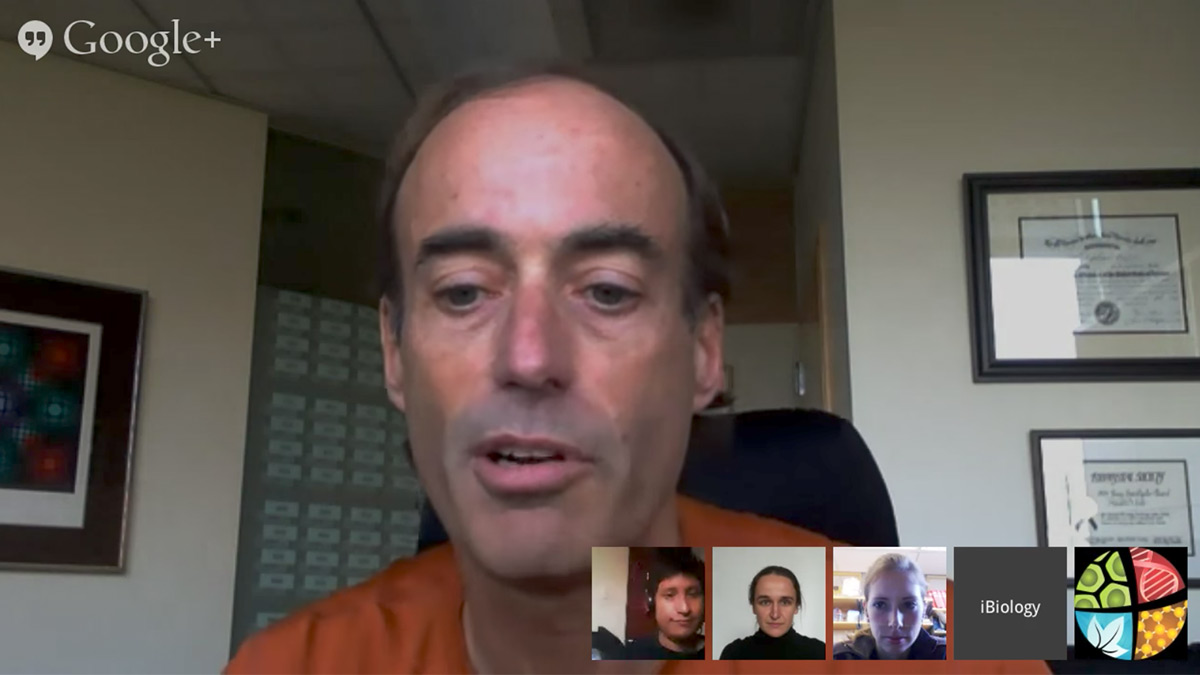
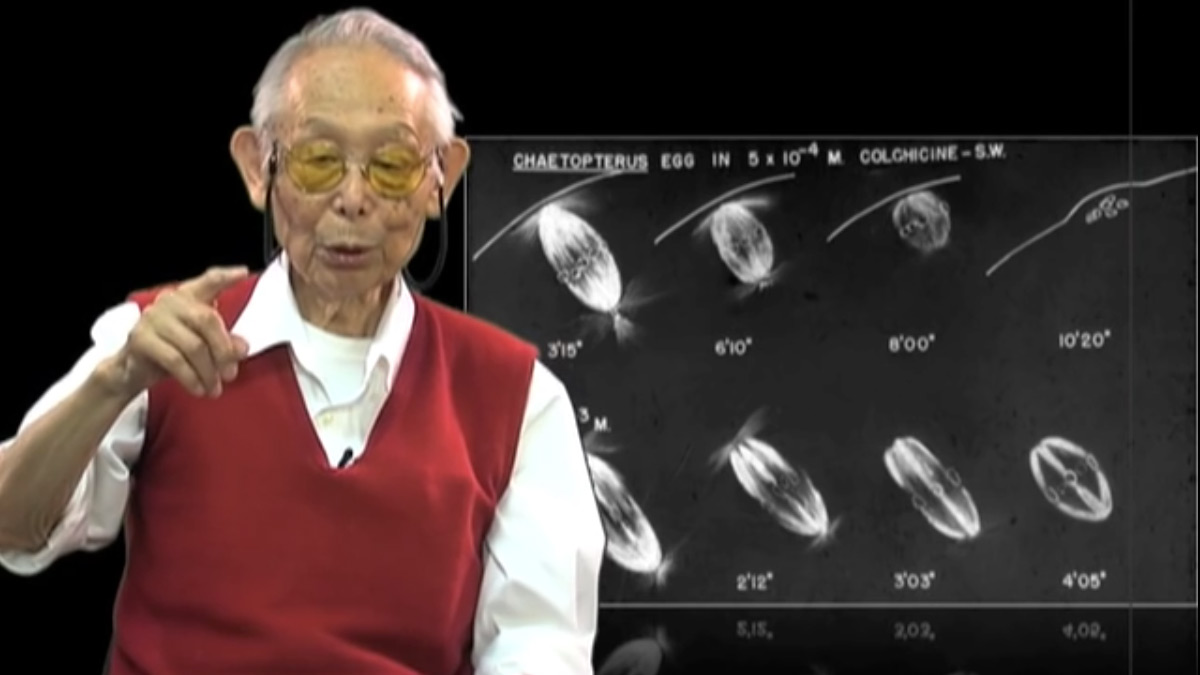
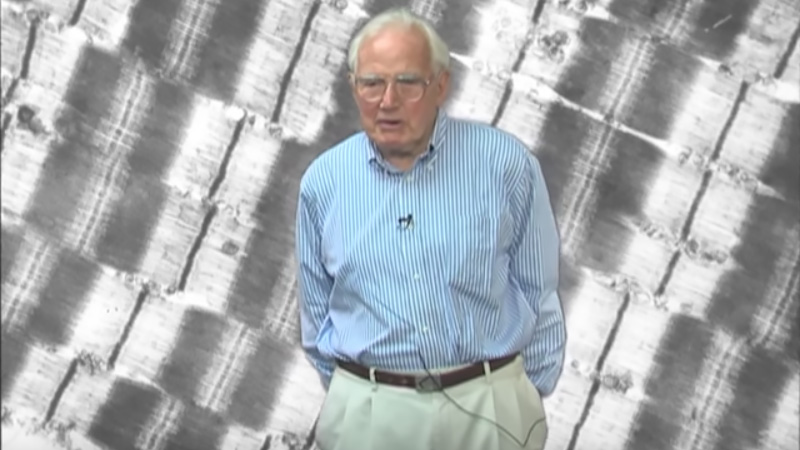
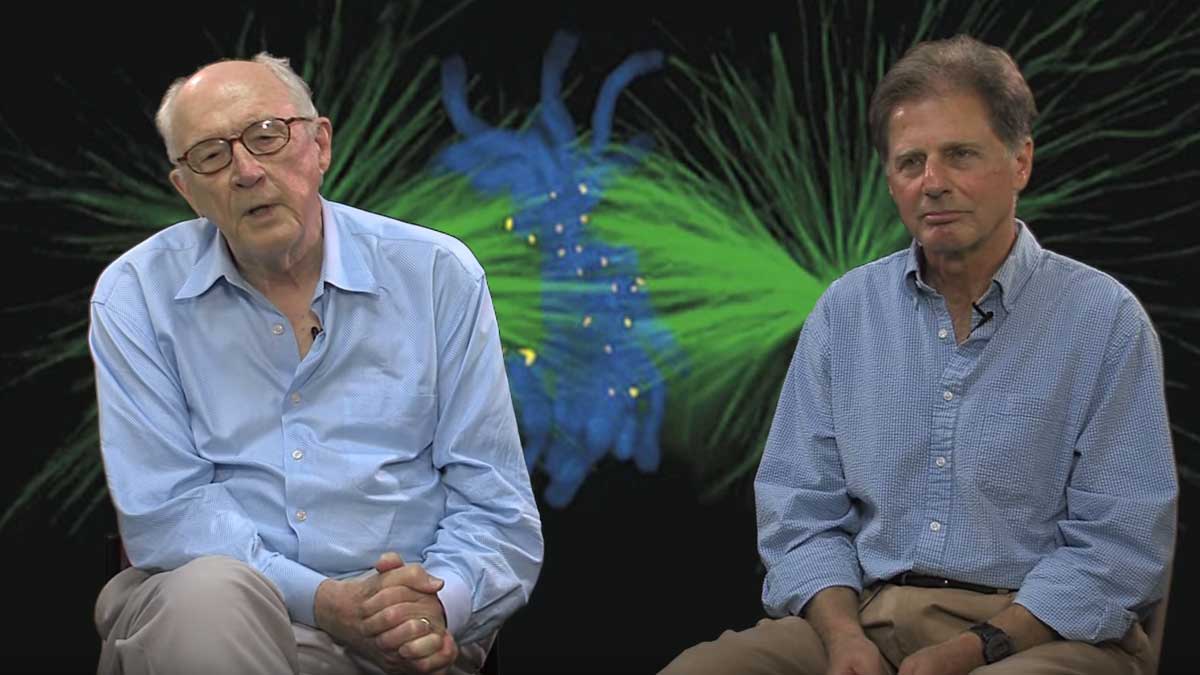





Linda Butler says
Again, Thank you for this presentation.! I am just a amatuer microbiologist but this is most interesting and well done.